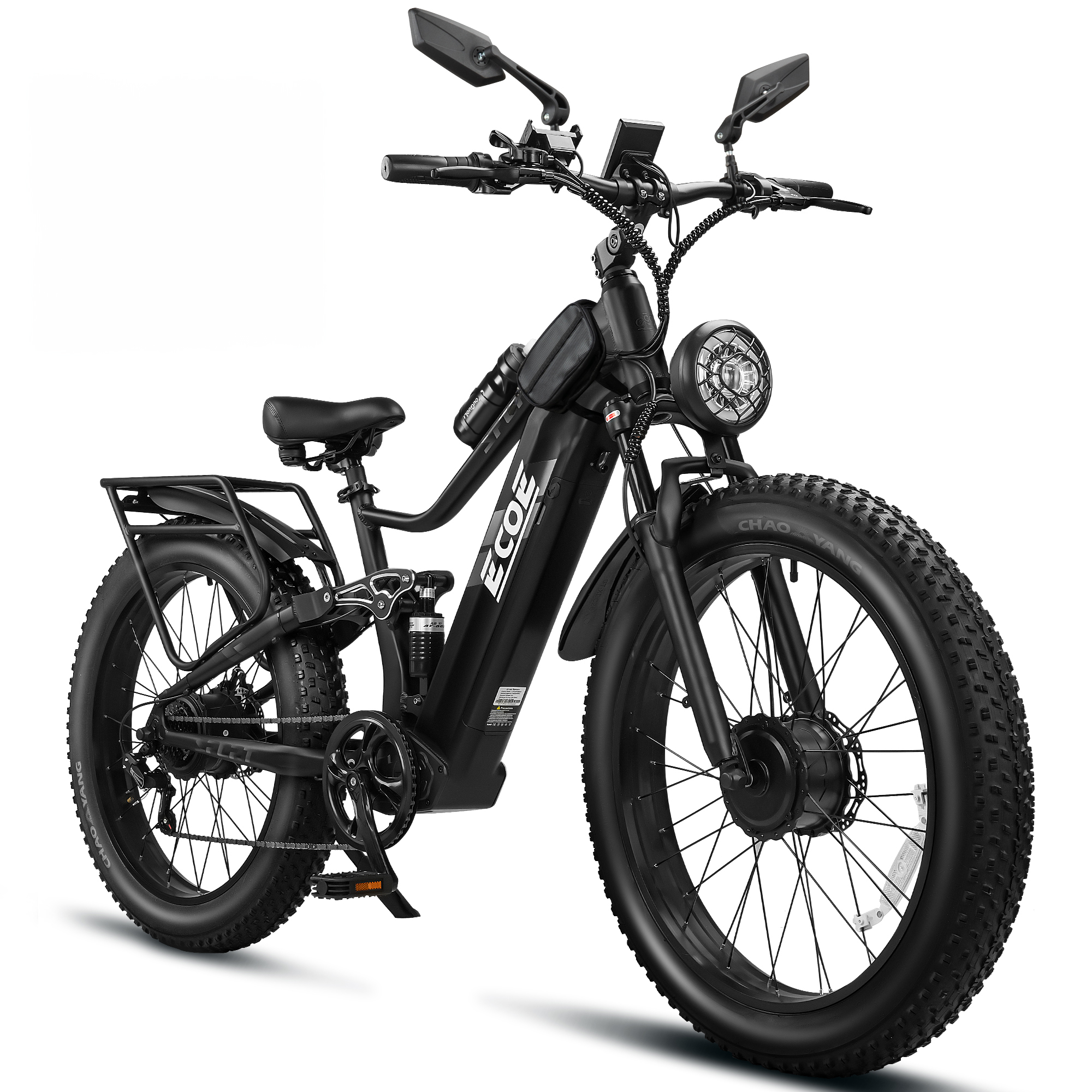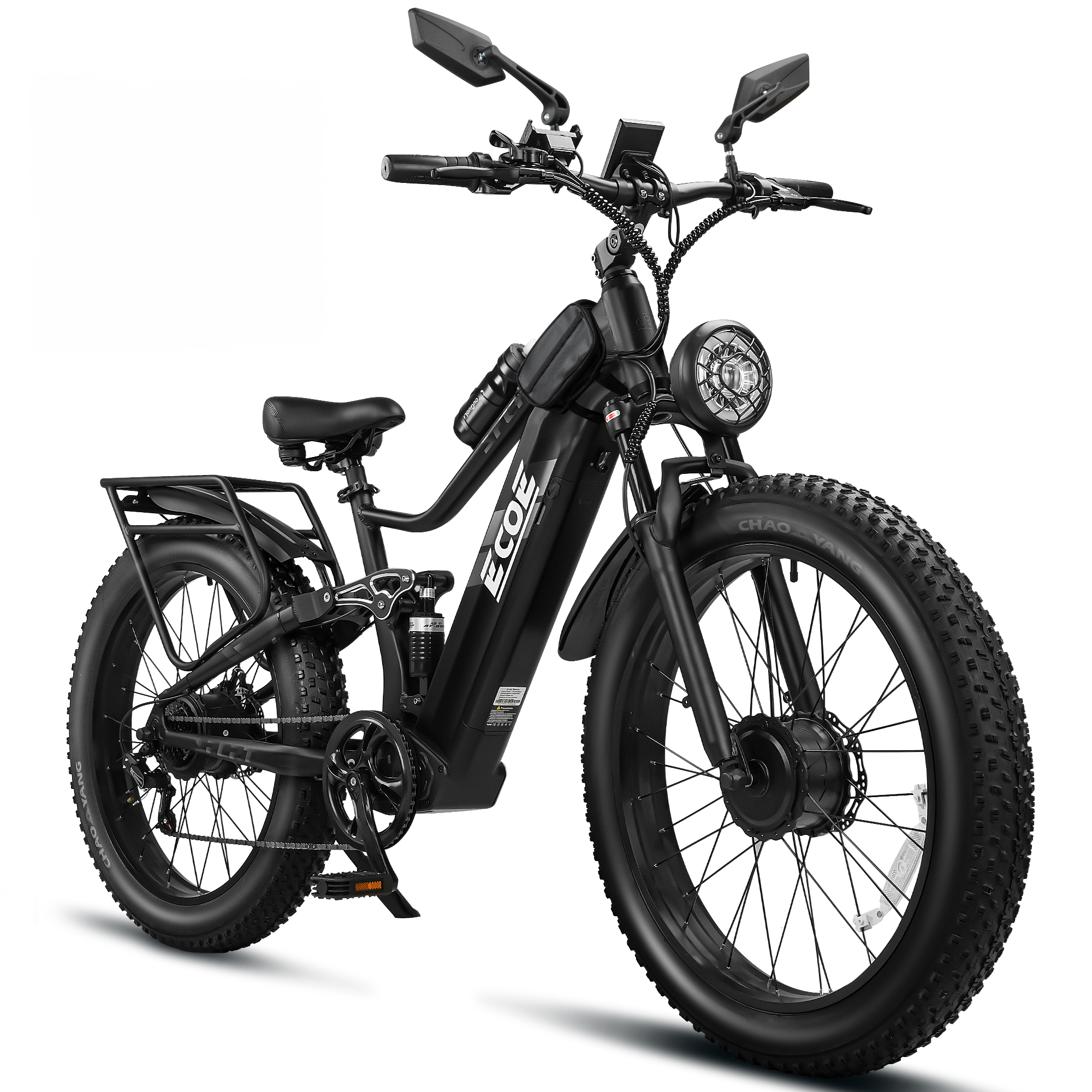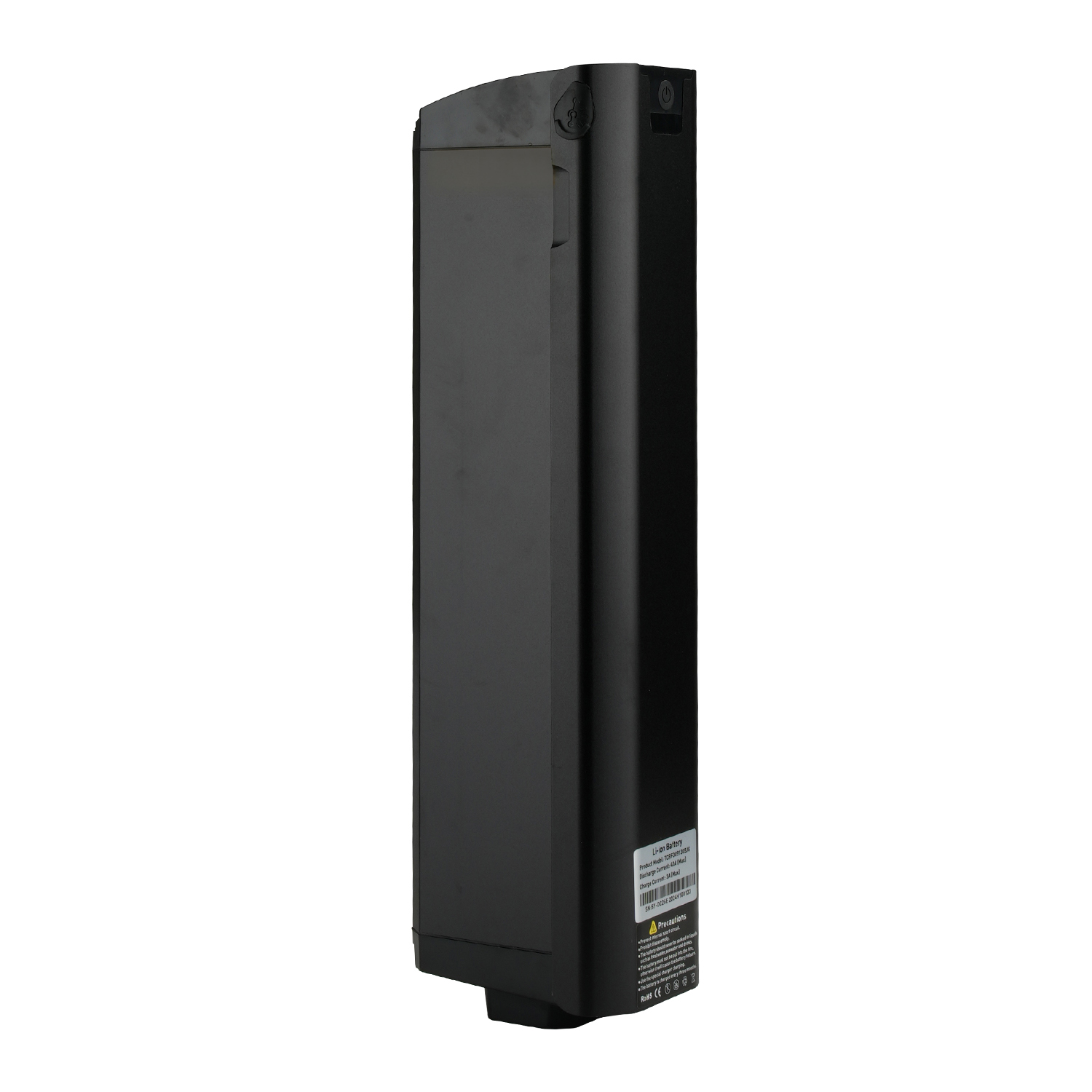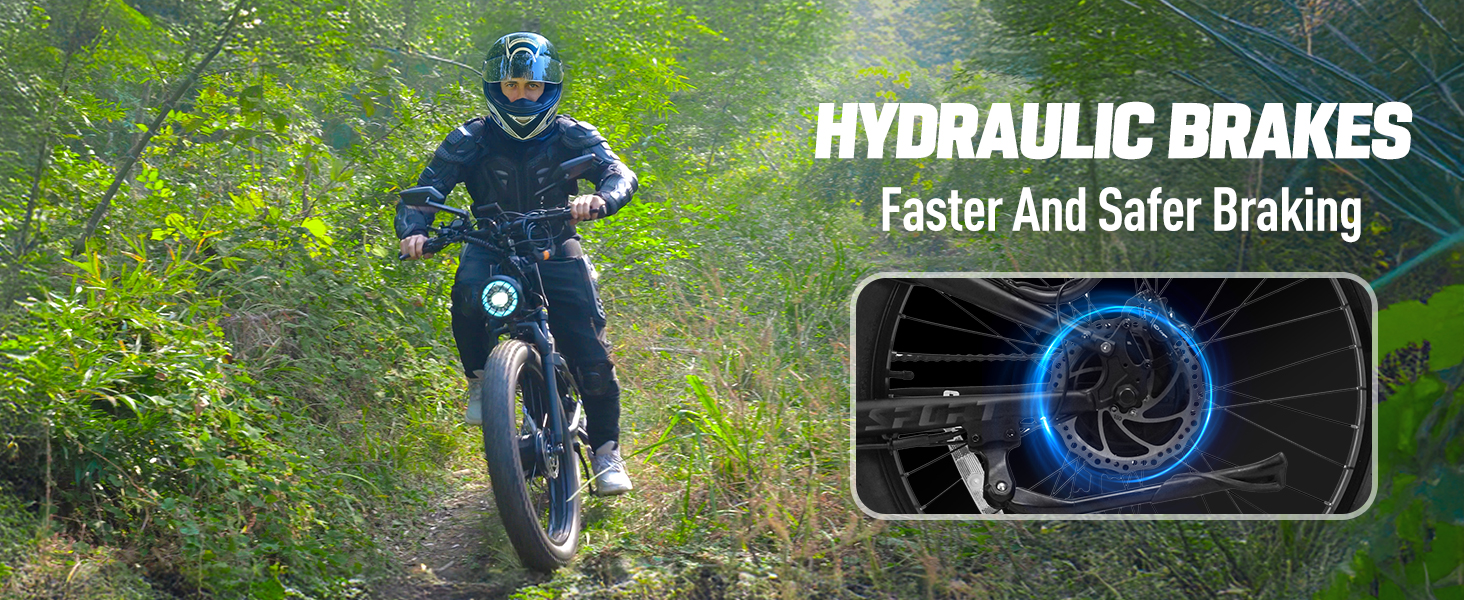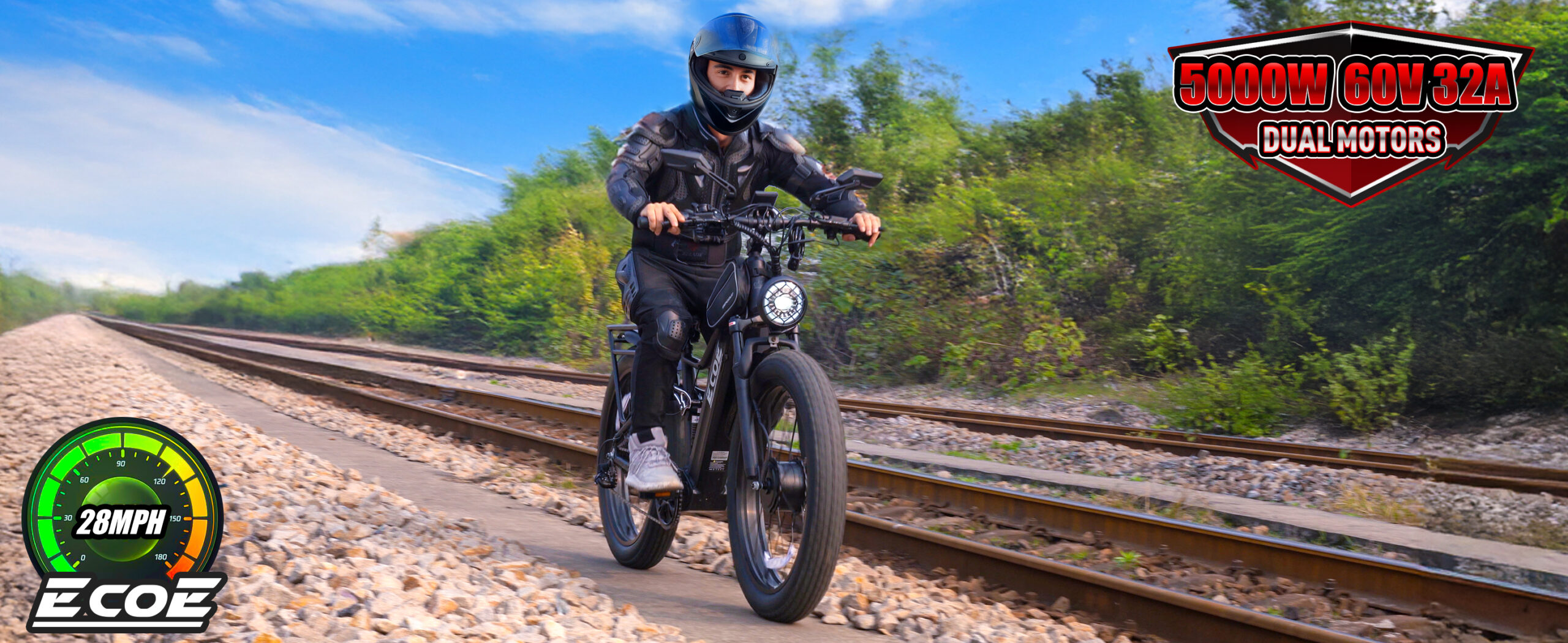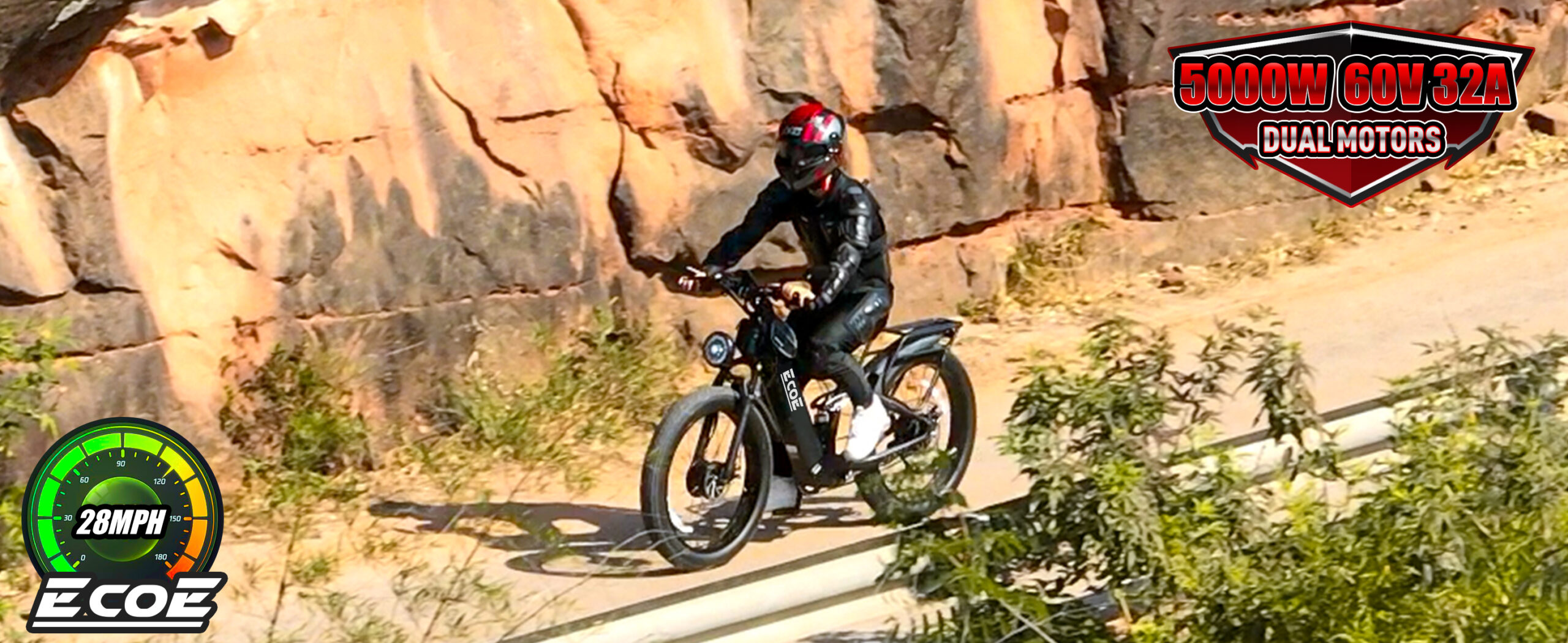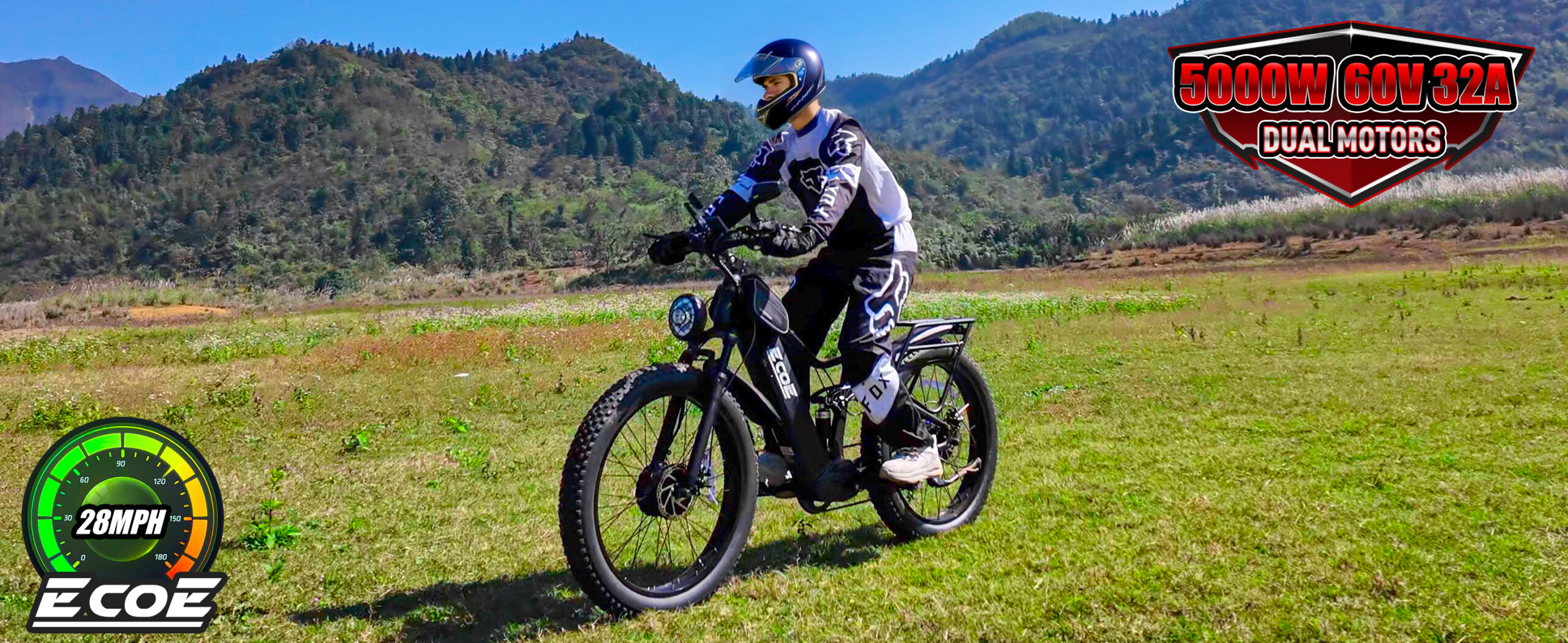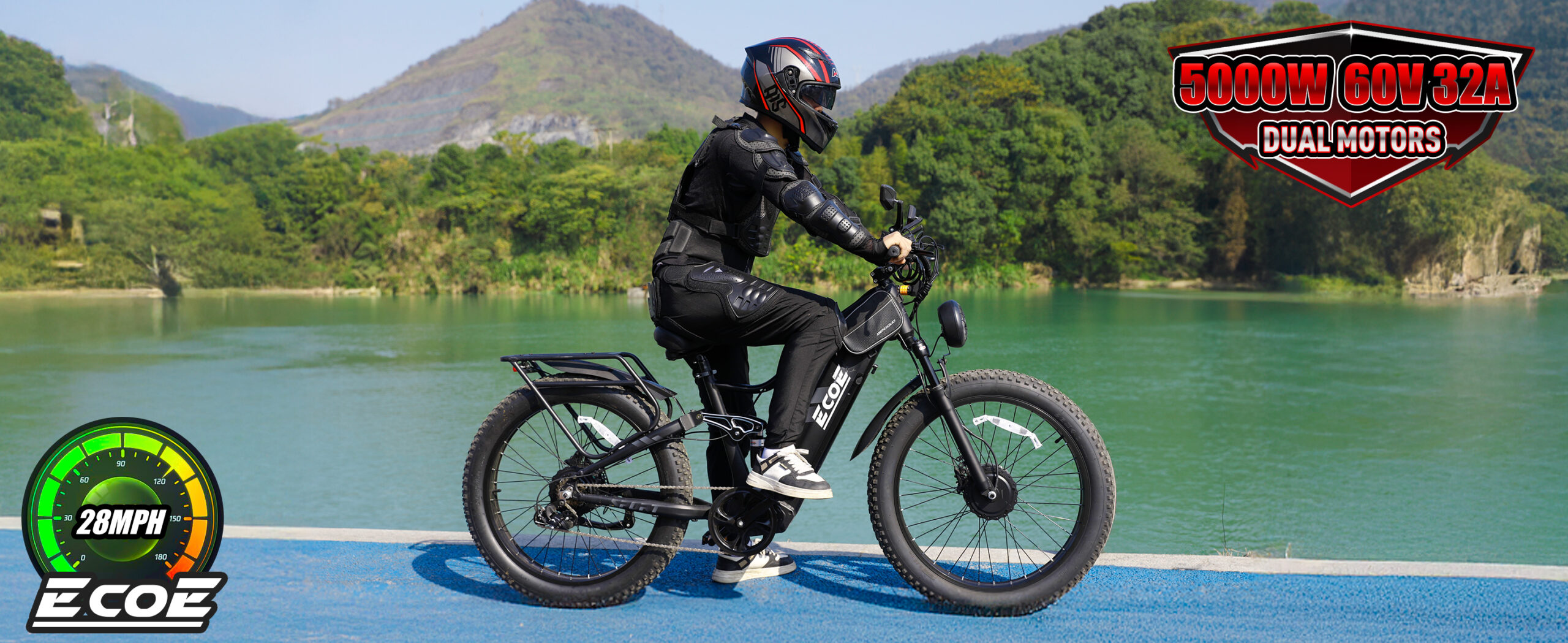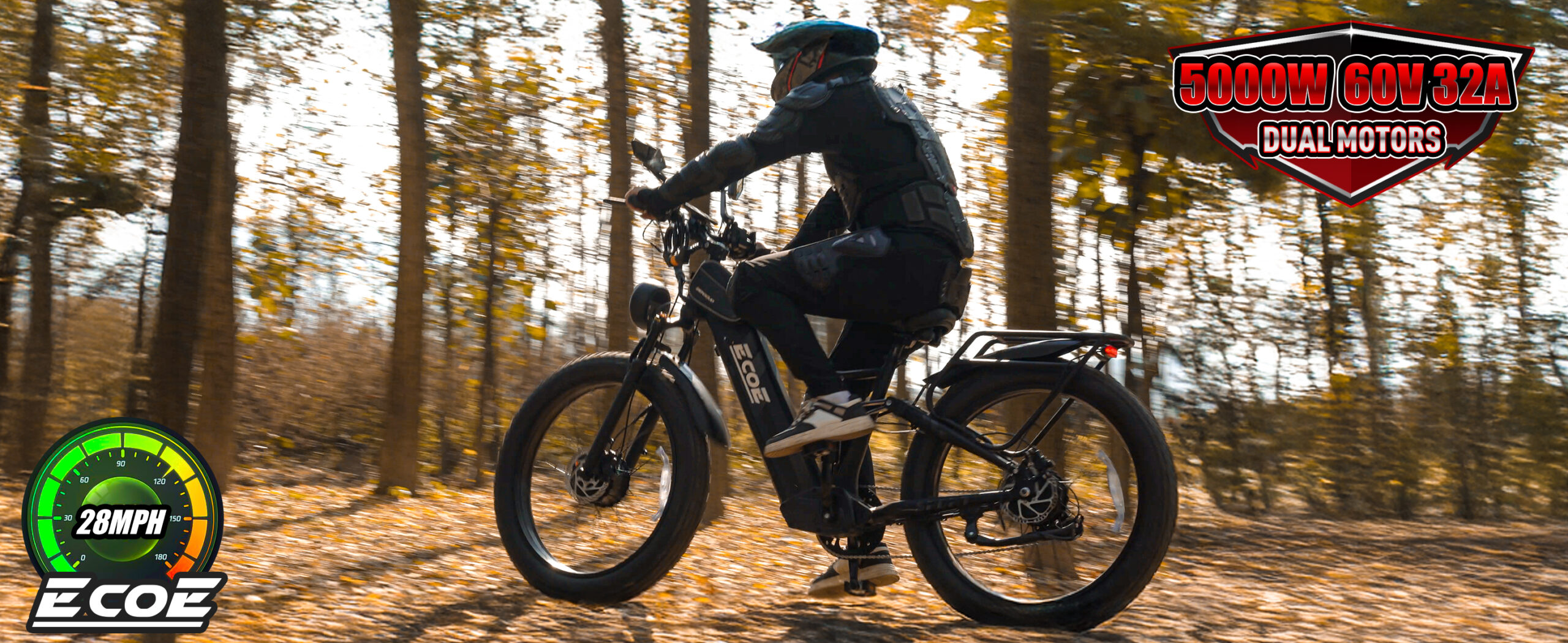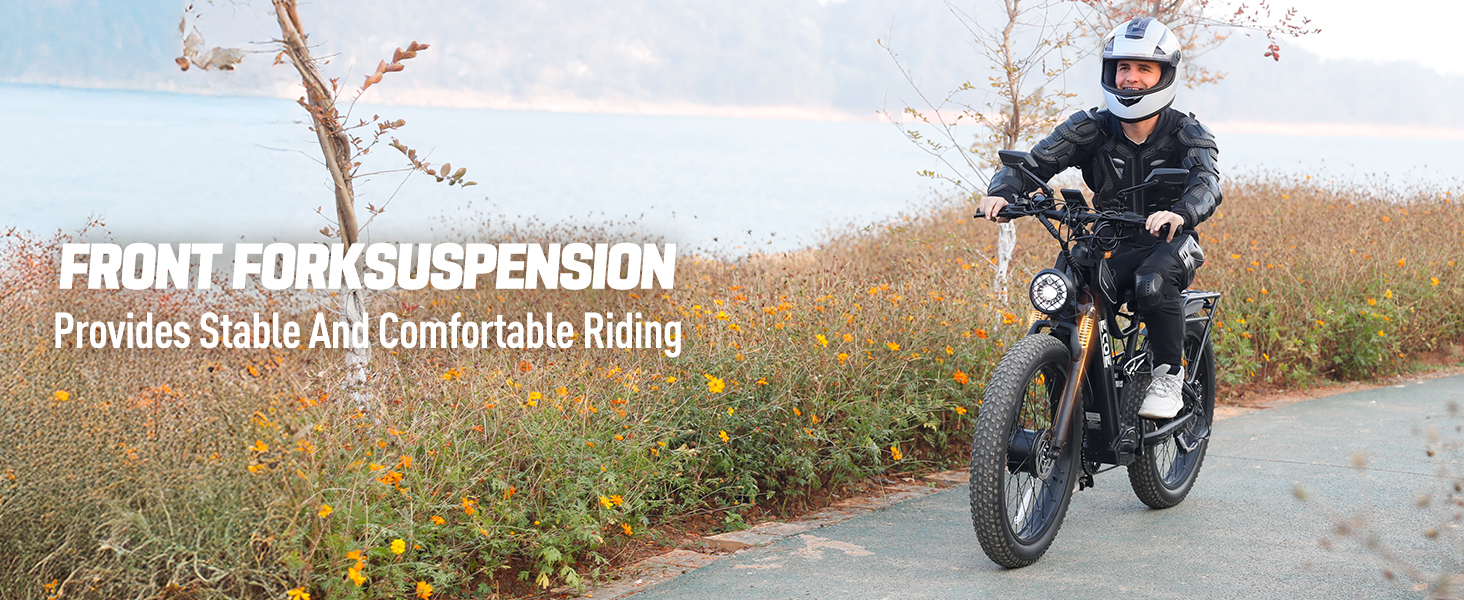Mar 31, 2025
Electric Bikes for Adults: Safety, Efficiency, and Cost-Effective Commuting
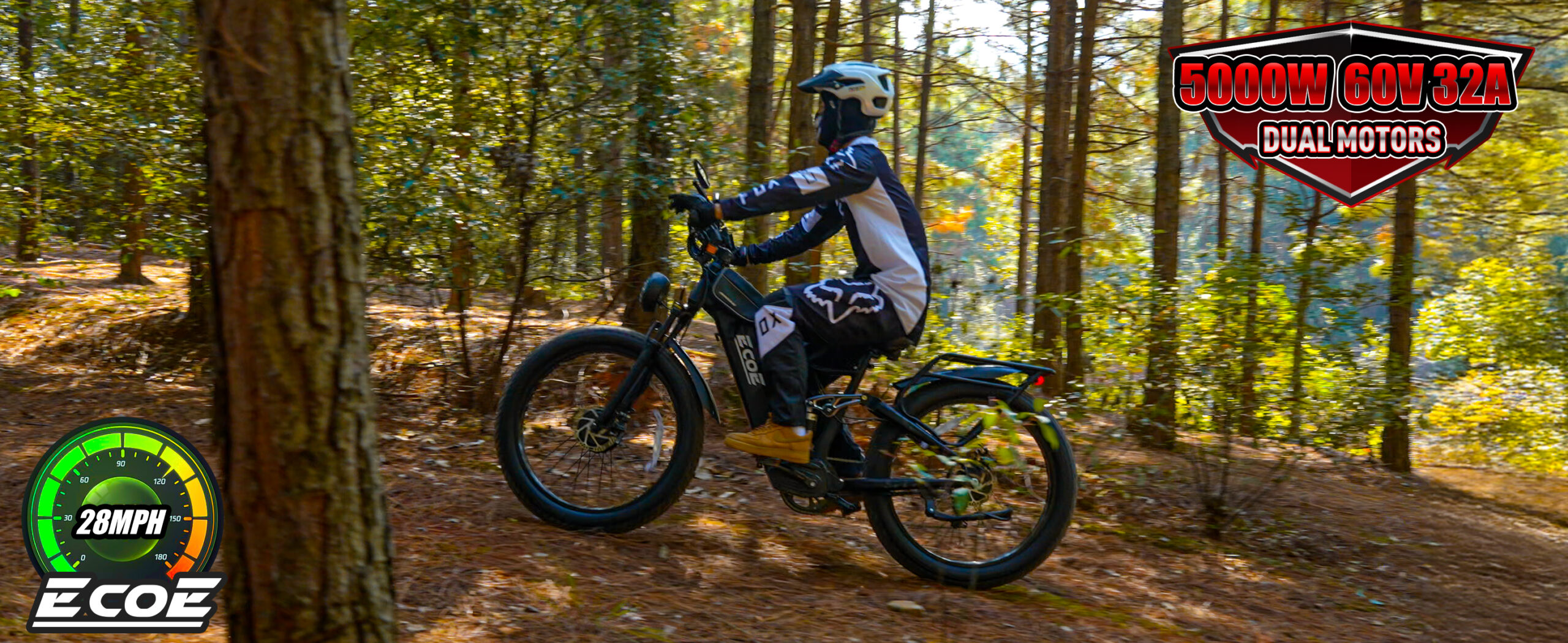
In the fast-paced urban landscape of the U.S., electric bikes have become a practical and eco-friendly alternative for adults looking to commute efficiently without breaking the bank. But how do you find the right e-bike that balances safety, performance, and affordability? We, as a group of cycling enthusiasts, embarked on a journey to test and explore different electric bikes, uncovering what truly matters when choosing the best ride. Through real-world trials, expert insights, and firsthand experiences from riders worldwide, we’ll delve into the core aspects of e-bike commuting—safety, efficiency, and cost-effectiveness. this guide will help you navigate the ever-evolving world of electric bikes.
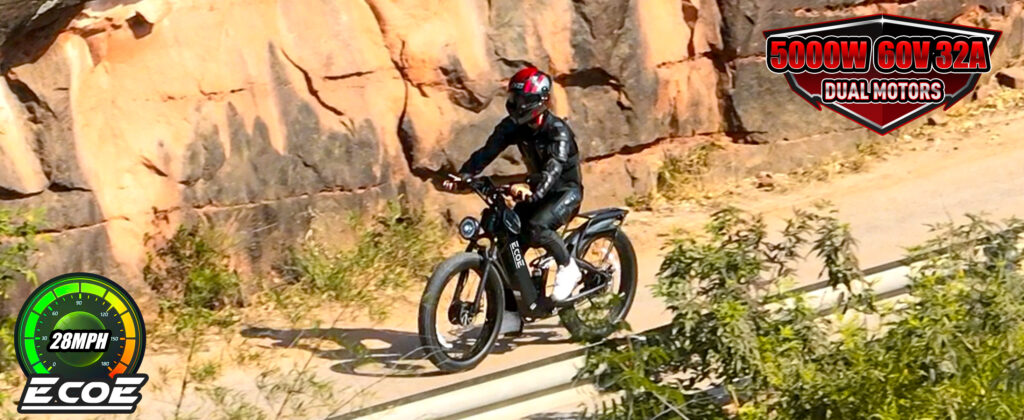
A few years ago, we wouldn’t have considered electric bikes a serious commuting option. Back then, they seemed like a niche product—either overpriced or underpowered. But today, things have changed. With advancements in battery technology, motor efficiency, and urban infrastructure, e-bikes have become a viable, cost-effective, and enjoyable way to get around.
Our friend Mark, a software developer in San Francisco, switched to an e-bike last year after getting frustrated with rising gas prices and endless traffic jams. “I used to spend over an hour in traffic daily, burning fuel and patience,” he told us. “Now, I cruise through the city in half the time, and my commute costs me next to nothing.” Stories like Mark’s are becoming increasingly common, showing how e-bikes are not just a trend but a fundamental shift in urban transportation.
But it wasn’t until we started testing different models ourselves that we realized how much variation there is in performance, safety features, and real-world usability. That’s where our deep dive into efficiency and safety began.
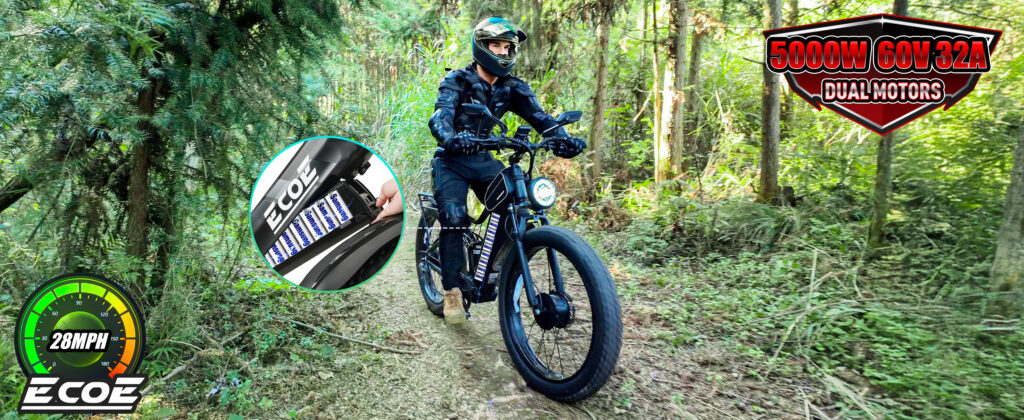
Efficiency is the key reason many of us switched to electric bikes. But what does “efficient” really mean? Is it about a powerful motor? A long-lasting battery? The truth lies in a careful balance of multiple factors.
Take battery range, for example. Some manufacturers advertise 60+ miles per charge, but in real-world conditions—especially with hills, headwinds, and stop-and-go traffic—actual range often falls short. We tested several models, including one boasting a 750W motor and a 45-mile range. In our urban test ride, with moderate pedal assist, it barely reached 32 miles before needing a recharge. Another model, designed for longer commutes, featured a lower-powered 500W motor but managed a solid 40 miles thanks to better energy management.
Our takeaway? Bigger motors aren’t always better. If your daily commute is under 20 miles, a mid-range battery (500Wh–700Wh) with a reliable motor (500W) is often the most efficient choice. More power means more battery drain, so choosing an e-bike with optimized energy consumption can save both money and charging hassle in the long run.
One rider from Chicago we spoke with had a surprising perspective: “I thought I needed the biggest motor I could afford, but after switching to a mid-power model with regenerative braking, I realized I was wasting energy before. Now, I get more range without sacrificing speed.”
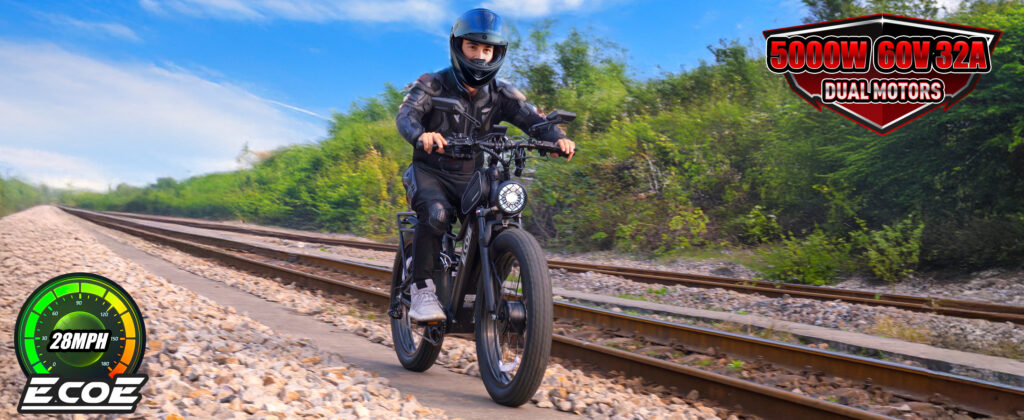
When riding in urban environments, safety is non-negotiable. But which features actually make a difference? We tested various e-bikes across different conditions—busy streets, dimly lit bike lanes, and rough terrains—to identify what really enhances safety.
Key safety features we found essential:
- Hydraulic Disc Brakes – Compared to mechanical brakes, hydraulic systems offer better stopping power, especially in wet conditions.
- Integrated Lighting & Reflectors – Many e-bikes come with built-in LED lights, but brightness and positioning matter. Some models we tested had dim front lights, making nighttime visibility a challenge. Investing in additional high-lumen lights can be a game-changer.
- Stable Frame & Suspension – A solid frame and good suspension aren’t just for comfort; they help maintain control, especially on uneven roads.
- Smart Safety Features – Some e-bikes now offer GPS tracking, remote locking, and automatic brake alerts. While not essential, these extras add peace of mind, especially in theft-prone cities.
During our test rides, we noticed how braking efficiency varied under different conditions. One bike with mechanical disc brakes struggled on steep downhill roads, while another with hydraulic brakes stopped smoothly with minimal effort. If you plan to ride in areas with heavy traffic or steep inclines, investing in better braking technology is a smart move.
An e-bike commuter from New York shared his story with us: “I once had to make an emergency stop in rush-hour traffic. If it weren’t for my hydraulic brakes, I might have been in real trouble. Safety features aren’t just specs on a sheet; they can literally save lives.”
Let’s talk about money. Many people hesitate to buy an e-bike because of the upfront cost. But when we did the math, the long-term savings were undeniable.
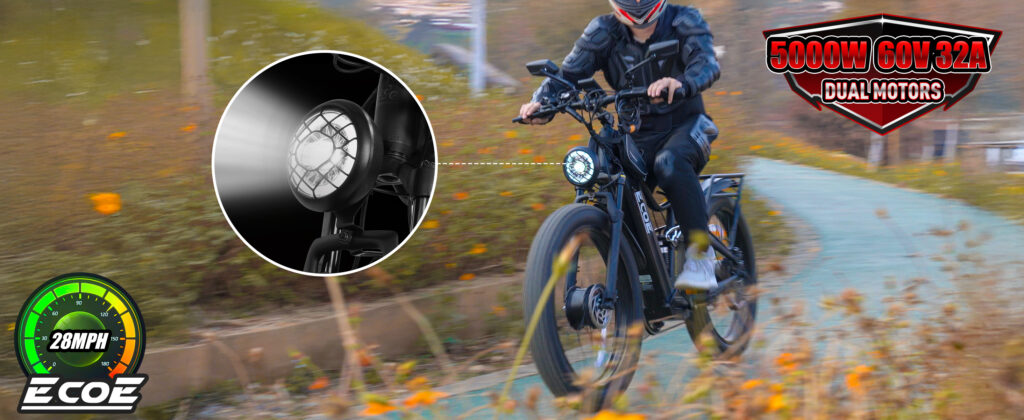
Take an average gas-powered commute: If you drive 10 miles a day, five days a week, you’re spending at least $100–$150 per month on gas alone. Add parking fees, insurance, and maintenance, and the costs quickly add up. In contrast, charging an e-bike costs just a few cents per day, and maintenance is minimal—no oil changes, no expensive engine repairs.
Breaking down costs:
- Initial investment: $1,500–$3,000 for a quality e-bike
- Monthly maintenance & charging: ~$10
- Average savings per year (compared to a car): $2,000–$4,000
One of our team members, Sarah, switched from public transit to an e-bike. “At first, I hesitated to spend $2,000 on a bike. But after realizing I was spending over $100 a month on bus fares alone, I saw how quickly it pays for itself. Now, I ride stress-free and save money every month.”
This cost-effectiveness is why we believe e-bikes are more than just a luxury—they’re a smart financial choice for many urban commuters.
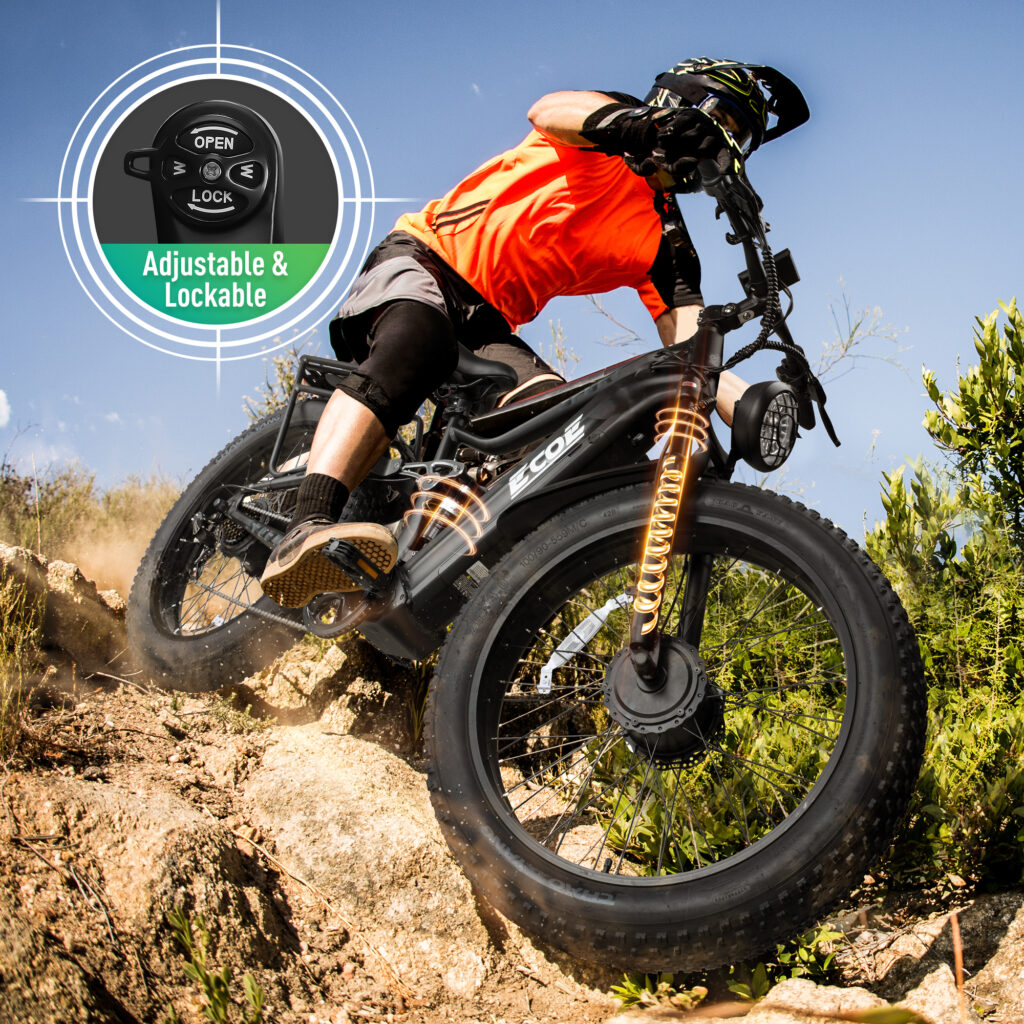
After months of testing and real-world riding, we’re convinced: electric bikes are more than just a trend. They represent a shift towards smarter, more sustainable commuting. Whether you prioritize efficiency, safety, or cost savings, there’s an e-bike out there for you.
Along the way, we explored various brands and models, including EcoE Electric Bike, which caught our attention for its focus on innovative, eco-friendly commuting solutions. While we won’t dive into brand specifics, we found that the right e-bike is the one that fits your unique lifestyle and riding needs.
If you’re still unsure, our best advice is simple—test ride as many models as possible. Feel the difference in weight, handling, and comfort. Trust real-world experiences over marketing claims. And most importantly, invest in quality where it counts, especially in safety and efficiency.
As we continue our journey with electric bikes, one thing is clear: the future of commuting is here, and it’s electrifying. So why wait? Take that test ride, and you might just find your perfect ride waiting for you.
Leave a comment
Please note, comments need to be approved before they are published.
当前文章评论已关闭。

